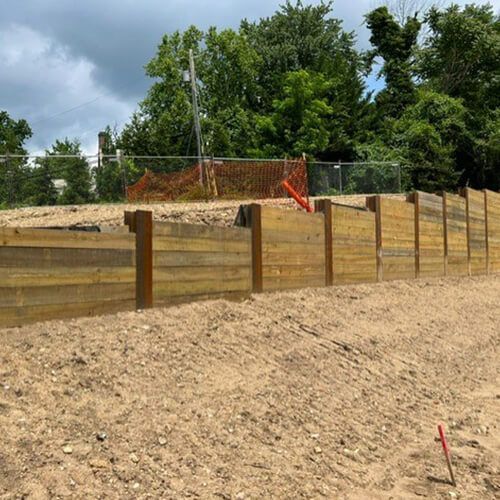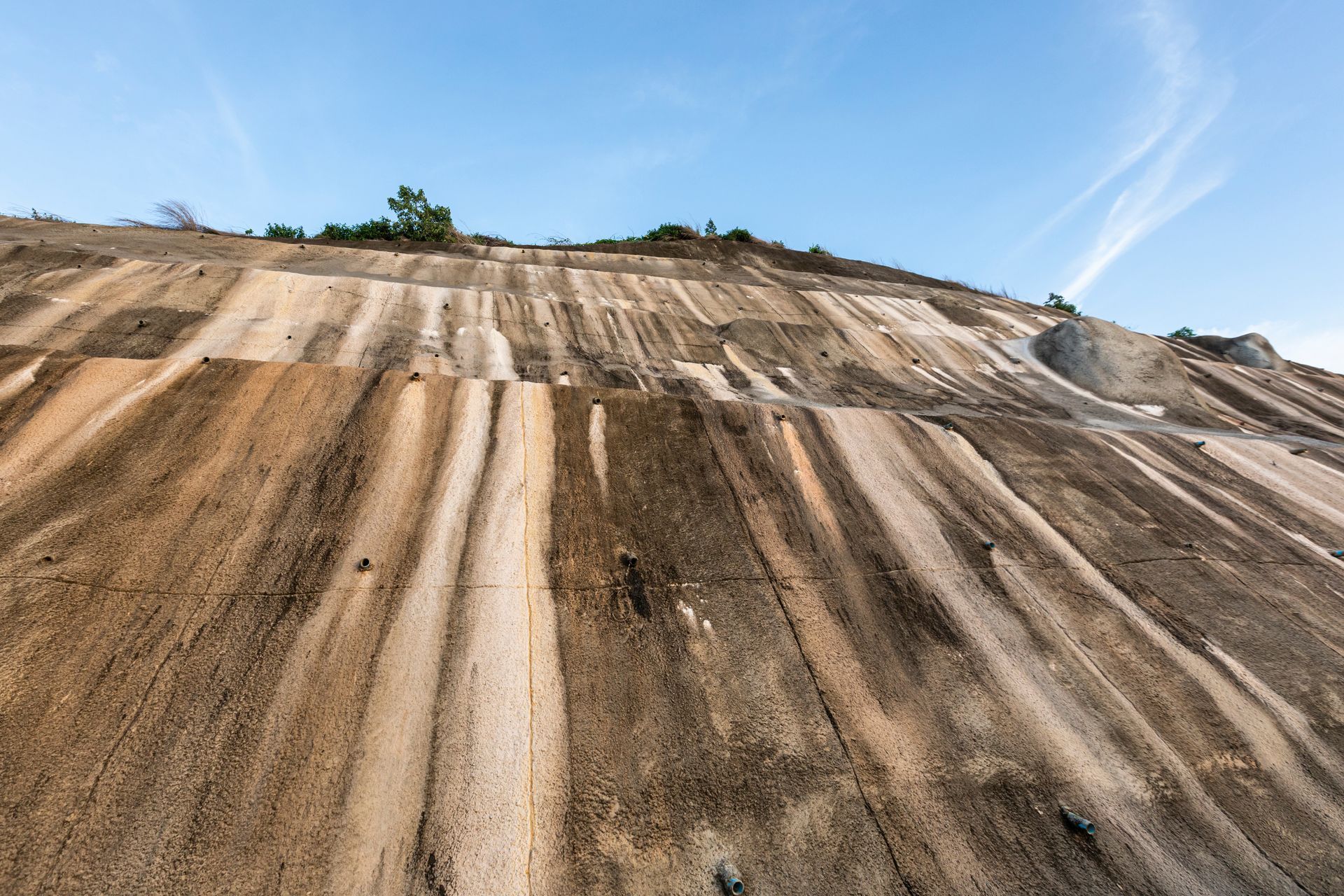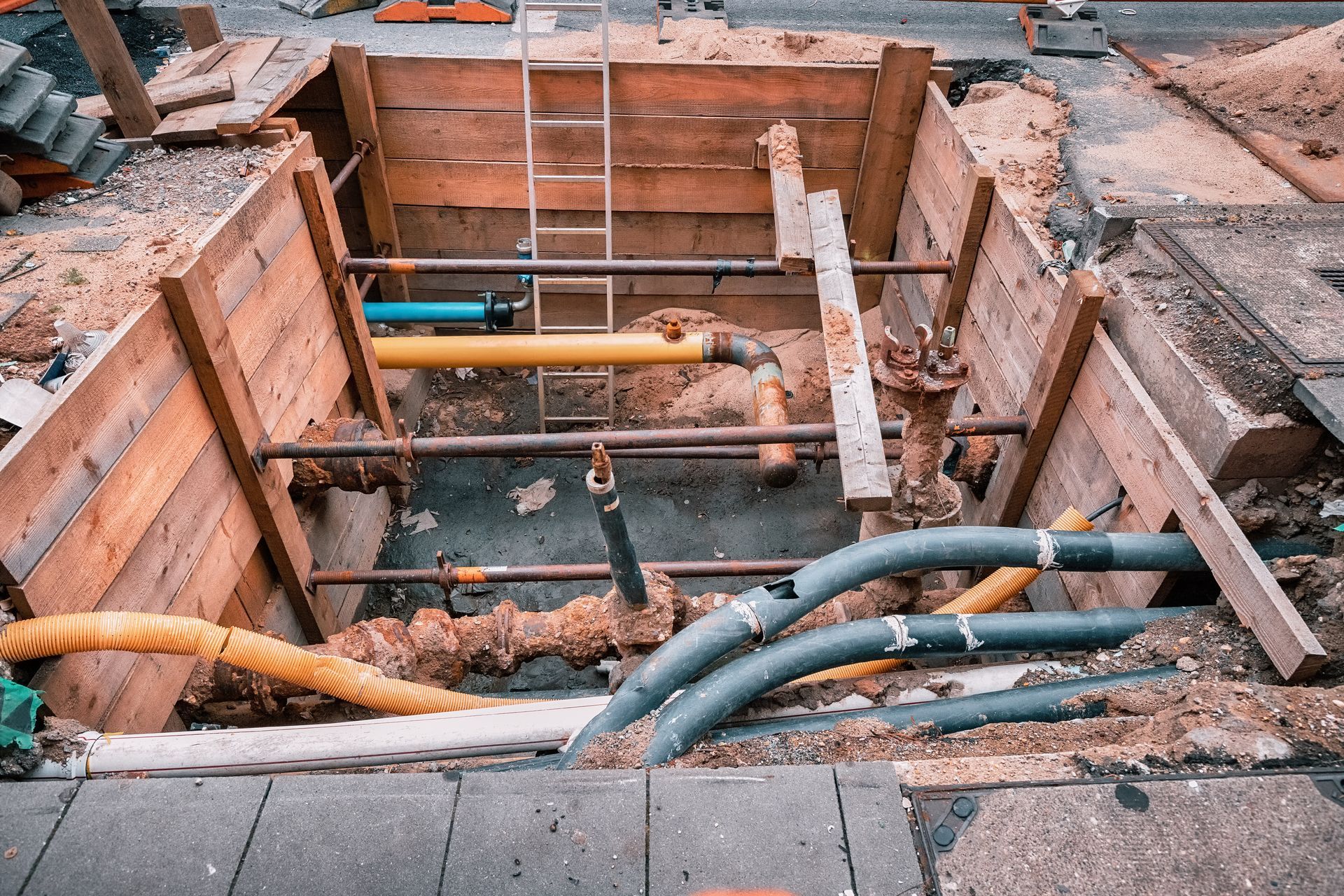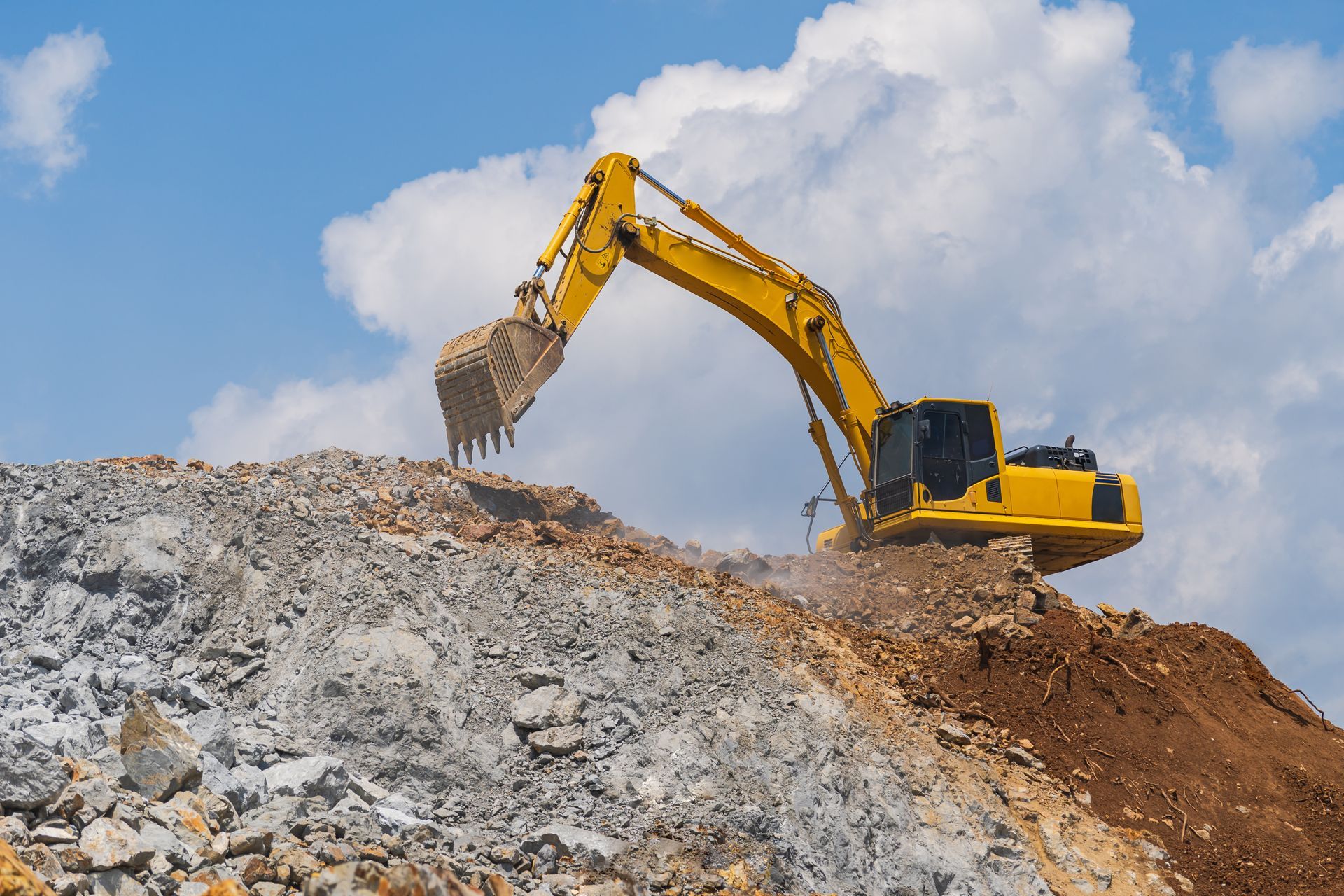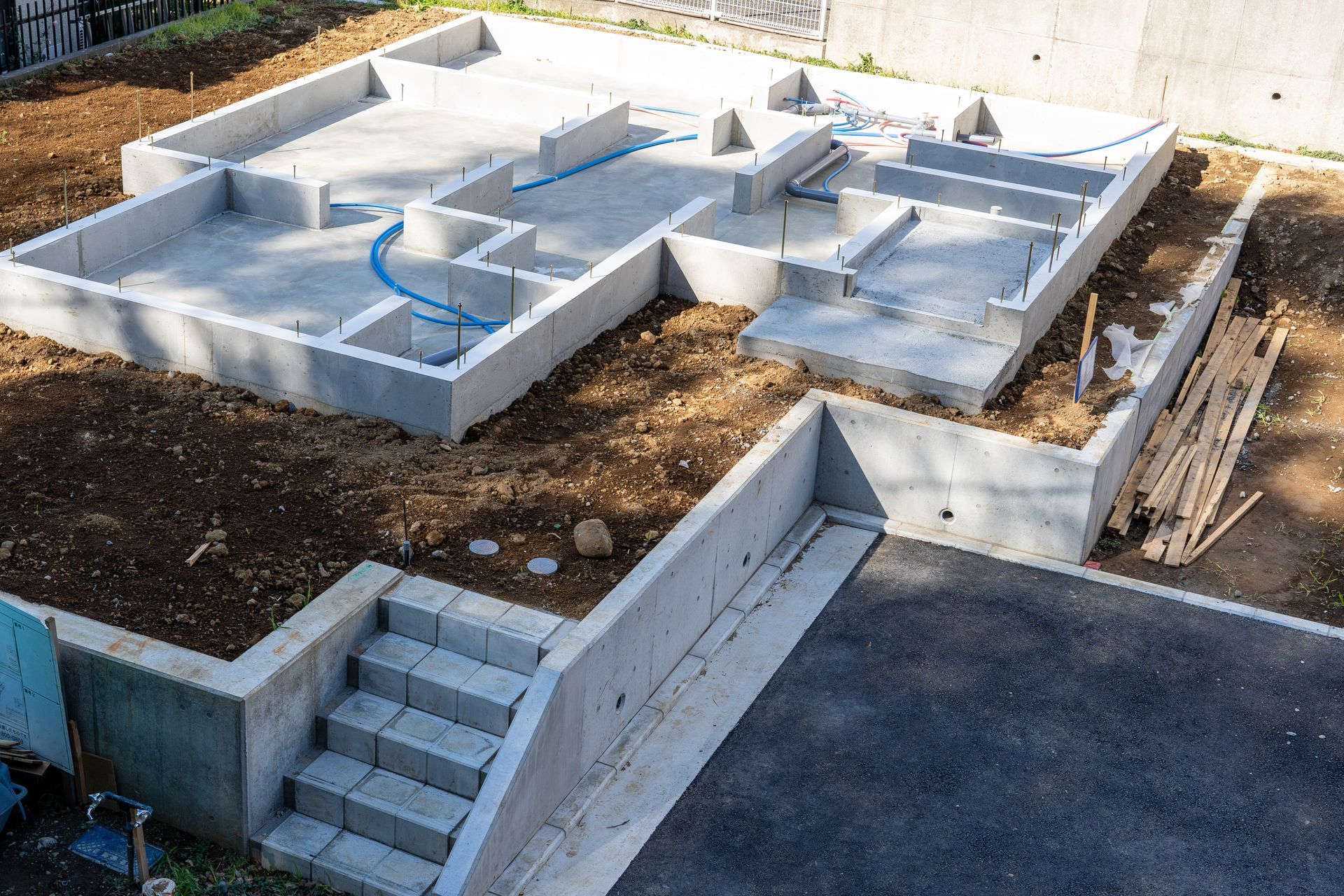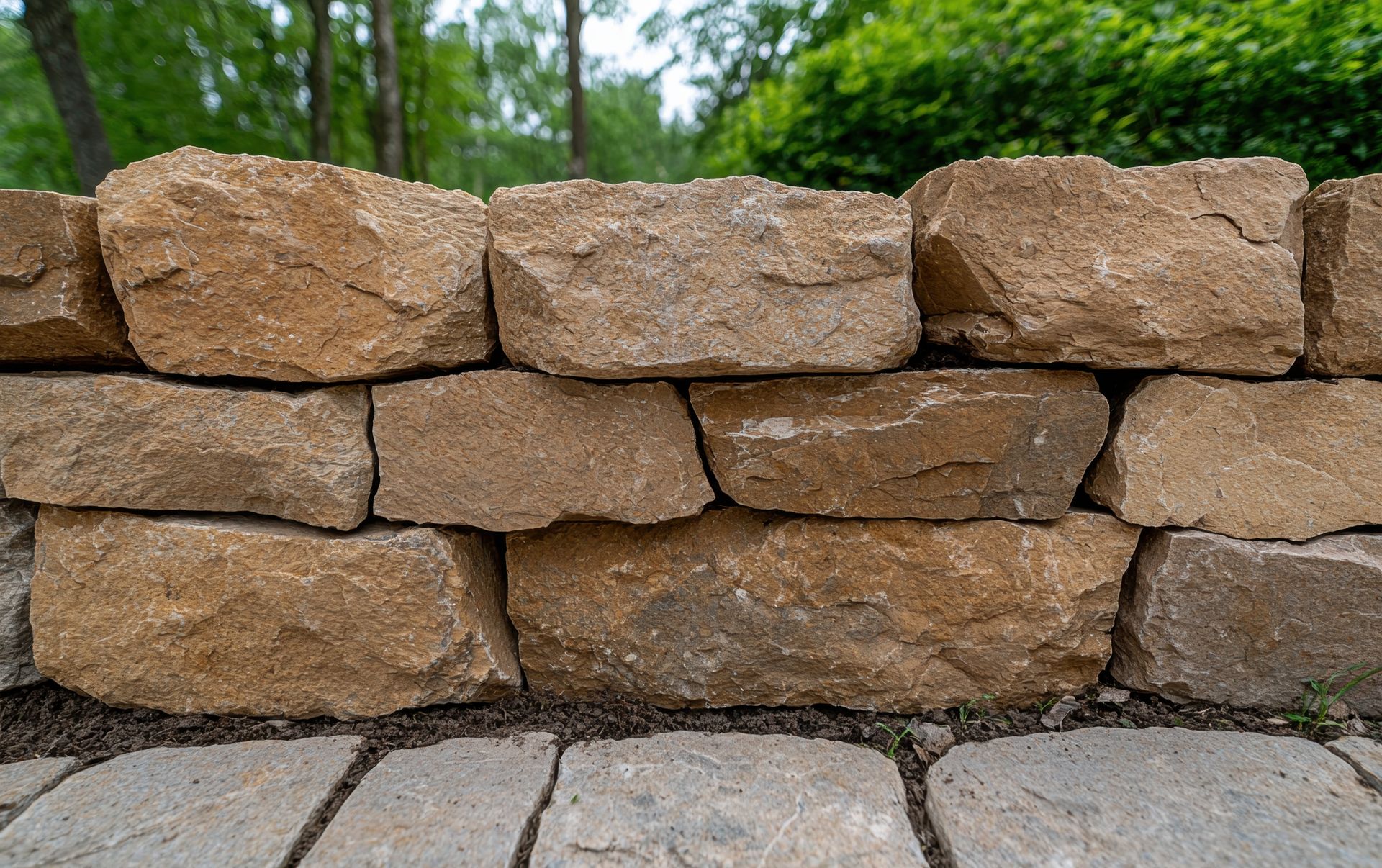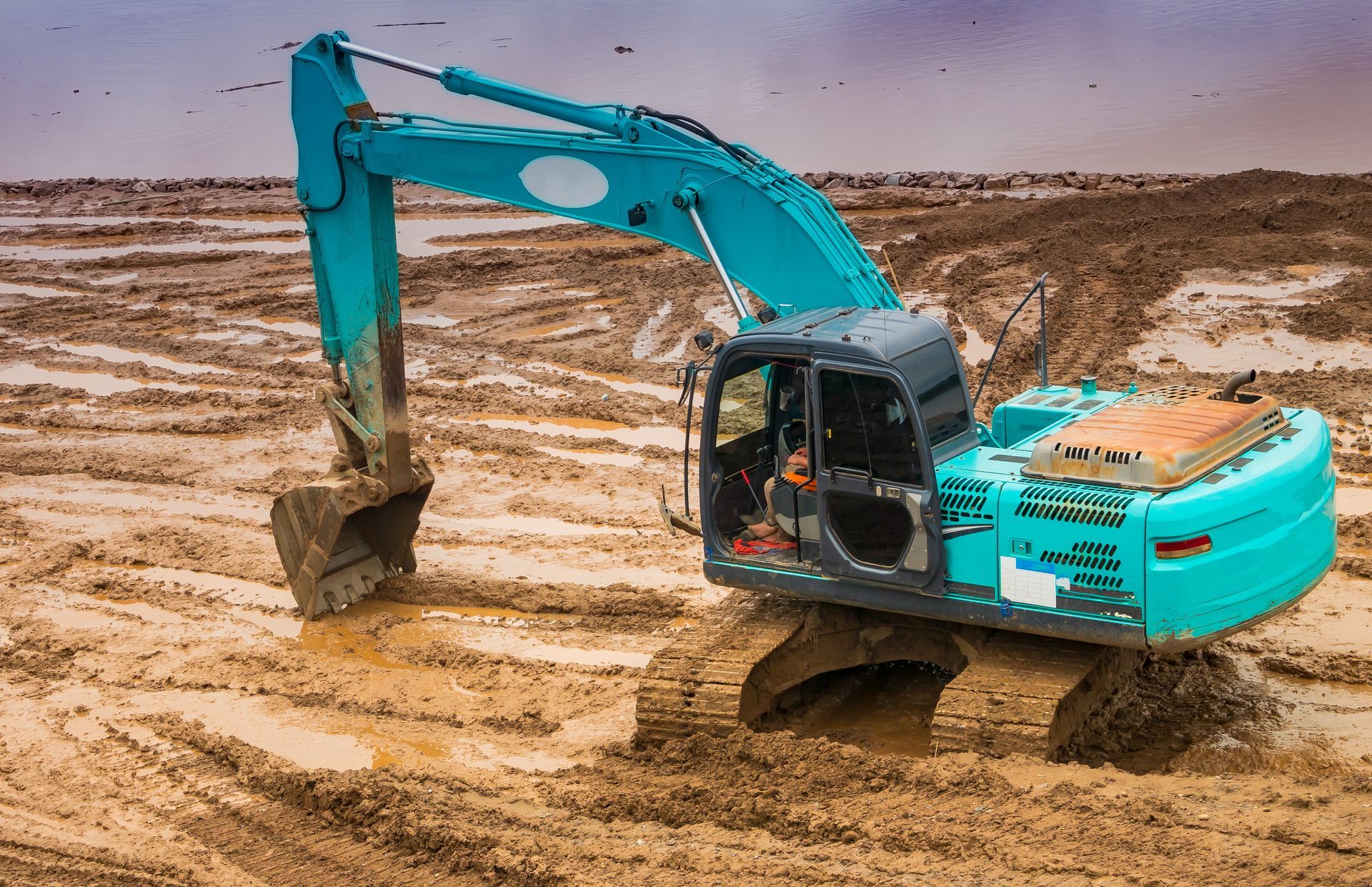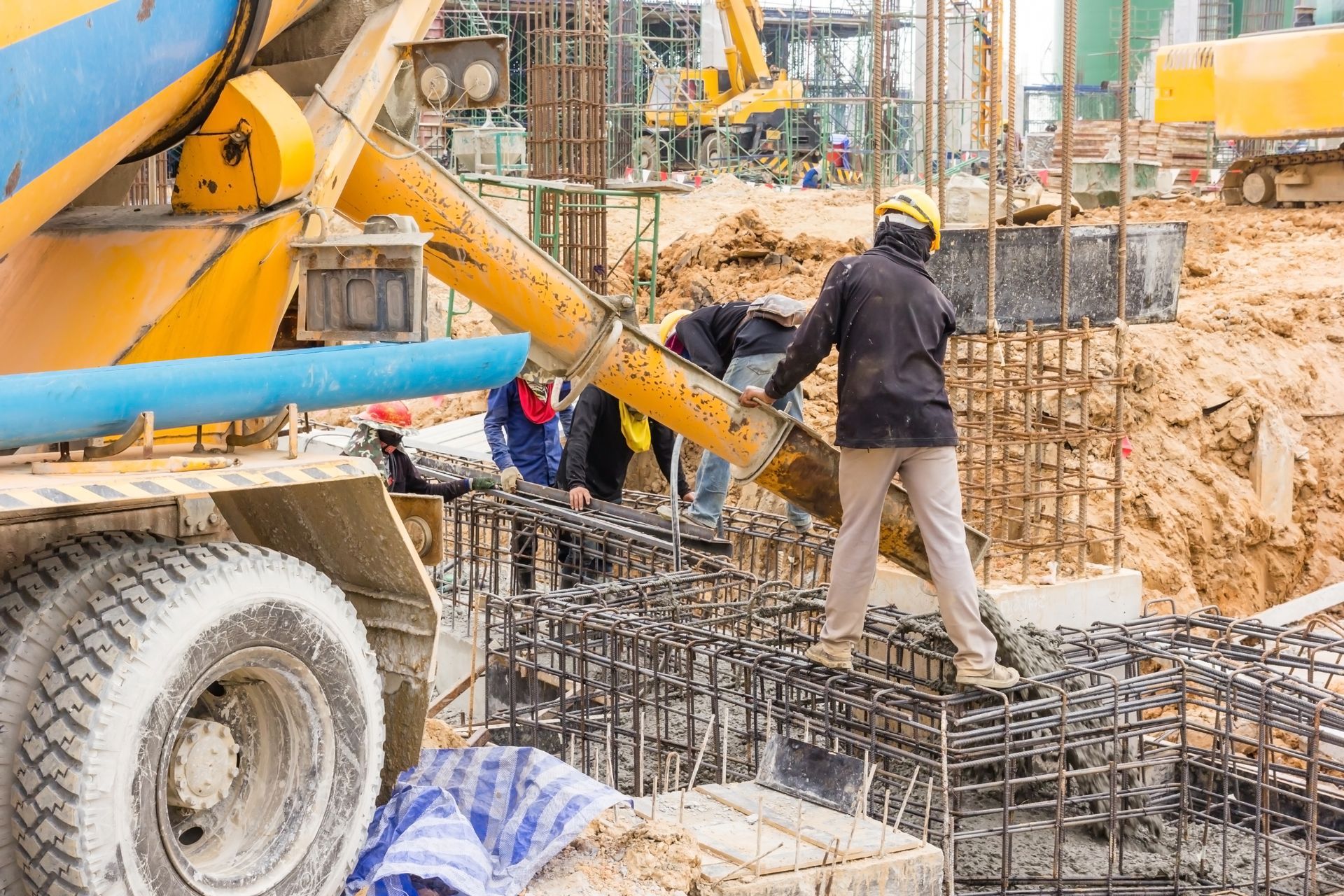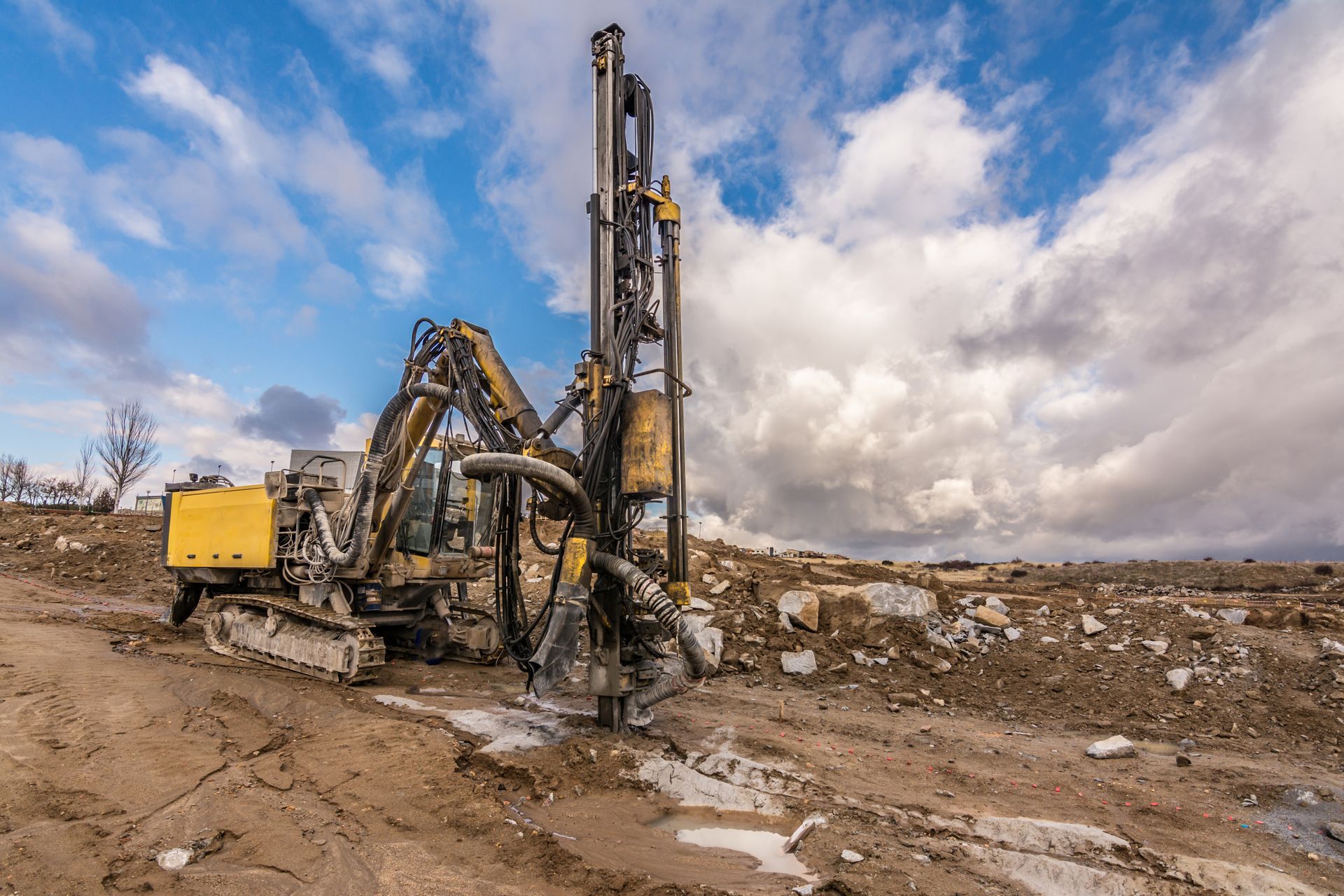How Slope Stabilization Solutions Prevent Landslides and Erosion
Have you ever looked at a steep hillside after heavy rain and thought, “That slope looks like it’s about to take a trip downhill”? That’s where slope stabilization comes into play. Slope stabilization refers to the engineering techniques used to keep soil, rock, and other materials firmly in place, preventing landslides and erosion. It is not only about safety but also about protecting property, infrastructure, and the environment.
Without slope stabilization, highways, homes, and even entire neighborhoods could be at risk. Rain, flooding, or poor soil conditions can cause a slope to give way, creating a domino effect of damage. By conducting proper slope stability analysis, engineers can determine the risk level and implement the right ground improvement solutions before nature decides to take matters into its own hands.
Slope stabilization solutions may involve retaining walls, soil nails, helical piles, anchors, or drainage systems. These aren’t just fancy engineering terms. Think of them as reinforcements for the earth itself, giving soil the extra support it needs to stay where it belongs. Whether the slope is in your backyard, near a commercial building, or along a highway, stabilization measures protect people and property alike.
At its core,
slope stabilization is about balance: balancing natural forces with human ingenuity. And when done correctly, it prevents costly disasters that could otherwise reshape landscapes and lives.
Why Slopes Fail: Common Causes of Erosion and Landslides
Slopes don’t just collapse for fun. There are always factors at work that contribute to instability. Understanding these causes is the first step toward designing effective slope stabilization measures.
Here are some of the main culprits:
- Water infiltration: When rainwater or groundwater seeps into the soil, it reduces the soil’s strength and increases its weight, making slopes more likely to slide.
- Poor drainage systems: If water is not directed away from a slope, it accumulates, creating hydrostatic pressure that pushes against soil and retaining structures.
- Soil composition: Loose, sandy soils and weak clay formations are especially vulnerable. A proper slope stability analysis identifies these risks early.
- Human activity: Construction, excavation, and deforestation can alter slope conditions, sometimes unintentionally creating instability.
- Weather conditions: Heavy rainfall, hurricanes, or long dry periods followed by sudden storms can weaken slopes dramatically.
Once you understand the “why” behind slope failures, it becomes easier to appreciate the engineering solutions that keep slopes secure. After all, even Mother Nature appreciates a little backup plan.
Slope Stabilization Solutions That Work
There’s no one-size-fits-all solution for slope stabilization. Each slope is unique, and so are the methods used to secure it. Engineers often rely on a combination of strategies tailored to the site’s soil, climate, and structural needs.
Some of the most effective ground improvement solutions for slope stabilization include:
- Retaining Walls: These structures literally hold back soil and prevent it from moving. Retaining walls can be built with concrete, stone, or other durable materials, providing both function and aesthetics.
- Helical Piles and Anchors: These are screwed or driven deep into the soil to provide stability. They work like reinforcements, securing unstable slopes against shifting forces.
- Drainage Improvements: Controlling water is half the battle. Drainage systems, such as French drains or sub-drains, redirect water away from slopes, reducing pressure and preventing erosion.
- Vegetation and Soil Reinforcement: Plant roots can help hold soil together, while modern geosynthetics (like geogrids) provide added strength. Sometimes, nature and engineering team up for the best results.
- Support of Excavation Systems: When construction requires digging near slopes, specialized shoring systems are installed to keep soil in place and protect workers as well as structures.
The right solution often involves combining multiple methods to create a reliable safety net. For example, retaining walls may be paired with drainage systems and helical piles to address both surface and deep-seated stability concerns.
The Role of Slope Stability Analysis in Prevention
Before any slope stabilization method is applied, engineers conduct a thorough slope stability analysis. This step is like a health check-up for the land. It identifies problem areas, measures soil strength, and predicts how a slope will behave under different conditions.
A slope stability analysis involves:
- Soil testing to determine the type, density, and strength of the ground.
- Surveying slopes for signs of erosion, cracks, or previous movement.
- Modeling slope behavior using advanced software to simulate rainfall, earthquakes, or load-bearing activities.
- Identifying safety factors that show how close a slope is to failure.
Without this analysis, slope stabilization efforts could be guesswork. And in engineering, guessing is not an option. Imagine trying to fix a car without knowing whether the problem is the engine or the tires — it just doesn’t work. Similarly, stabilization requires precise data and careful design.
Slope stability analysis ensures that the right
ground improvement solutions are chosen for the job. It minimizes risks, saves costs, and most importantly, protects lives.
How Slope Stabilization Saves Money and Protects Property
When people think about slope stabilization, they often focus on safety. While that’s the number one priority, there’s also a strong financial reason to invest in slope stability.
Consider this: repairing damage after a landslide or erosion event can cost hundreds of thousands of dollars. Roads may need rebuilding, properties may be destroyed, and businesses may suffer from downtime. On the other hand, slope stabilization solutions, though an investment upfront, are far more affordable compared to the potential cost of disaster recovery.
Some financial benefits of slope stabilization include:
- Protecting property value: Homes and commercial buildings near unstable slopes can lose value if risks aren’t addressed.
- Reducing insurance claims: Stabilized slopes mean fewer damages and lower risk profiles.
- Preventing costly construction delays: For contractors, secure slopes keep projects on track and avoid expensive setbacks.
- Minimizing lawsuits and liability: Landslides that damage neighboring properties can lead to costly legal battles.
In other words,
slope stabilization in Washington, DC isn’t just about keeping the earth in place — it’s about protecting your investment. Think of it as an insurance policy written by engineers and paid for in peace of mind.
Protect Your Property with Expert Slope Stabilization in Laurel, MD and Palm Beach Gardens, FL
Call Awar Group Companies, Inc. for Professional Slope Stabilization Solutions
When it comes to slope stabilization, cutting corners is not an option. At Awar Group Companies, Inc., we specialize in protecting properties and communities with proven engineering solutions. Our team has extensive experience in slope stabilization, slope stability analysis, and ground improvement solutions designed to keep your land safe and secure. Whether you’re dealing with erosion, steep slopes, or drainage issues, we’re here to help. Call us today at (757) 287-1737 or (202) 217-6666 to discuss your project.
Beyond slope stabilization, we also provide expert services in
helical piles and anchors, retaining walls,
drainage improvements, and support of excavation. If you need a trusted partner for complex engineering challenges, you can count on us. Let us provide the stability your project needs — from the ground up.
FAQ
What is slope stabilization?
Slope stabilization is the process of using engineering techniques to prevent soil, rock, and other materials from moving down a slope due to gravity, erosion, or water pressure.
How do engineers know which slope stabilization method to use?
Engineers conduct a slope stability analysis to determine soil conditions, slope geometry, and environmental factors. Based on this data, they design the most effective ground improvement solutions.
Can vegetation alone stabilize a slope?
Vegetation can help, especially in mild conditions, but it usually needs to be combined with engineered solutions such as retaining walls, anchors, or drainage improvements for long-term stability.
What are the signs of slope instability?
Cracks in the ground, leaning trees, bulging soil at the base of a slope, or water pooling near a slope can all indicate instability.
Why should I hire professionals for slope stabilization?
Professional engineers have the knowledge, equipment, and experience to design and implement safe, cost-effective solutions. Attempting DIY stabilization can worsen the problem and put lives and property at risk.

